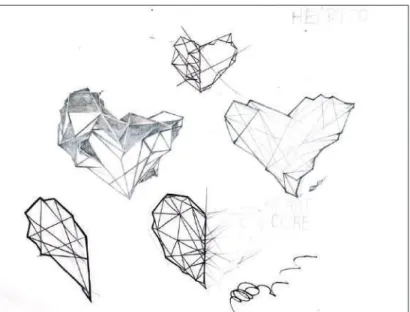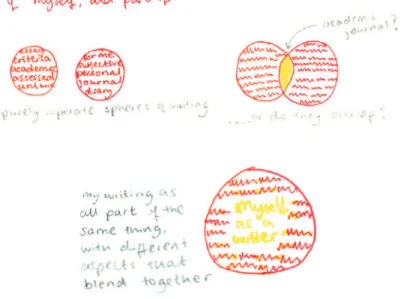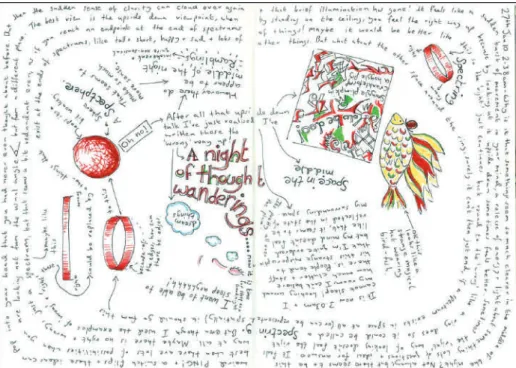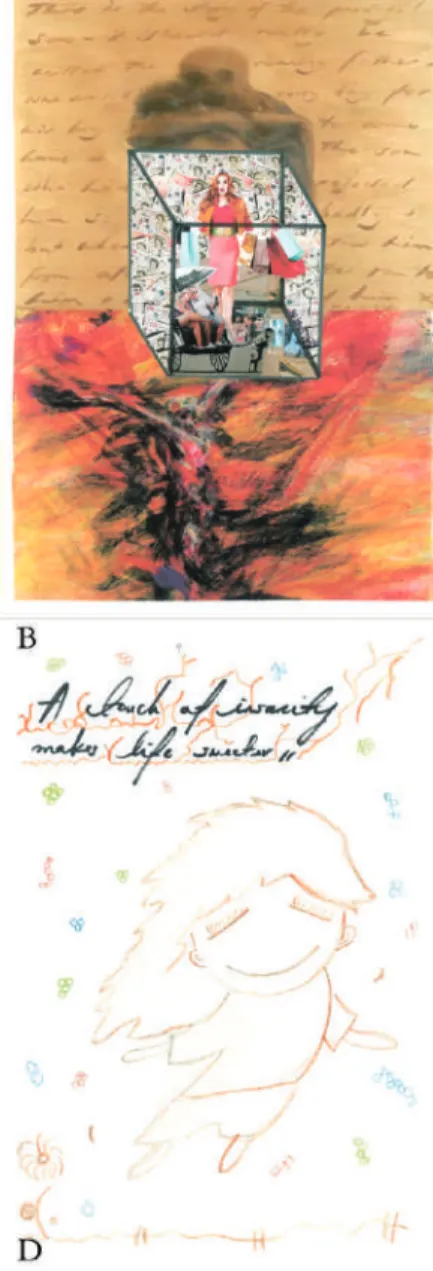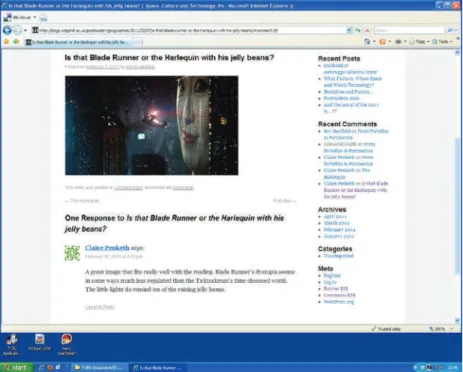However, aspects of the PDEng assignment required students to explicitly address their personal and professional perspectives. The professional doctorate example shows how an academic literacy approach can connect academic writing and feedback to broader discourses.
WHAT’S AT STAKE
IN DIFFERENT TRADITIONS?
LES LITTÉRACIES UNIVERSITAIRES AND ACADEMIC LITERACIES
Transformation in the sense of challenging or resisting dominant conventions is not the goal of university literacies, at least not to date. Christiane: So transforming the university itself and its writing practices is not within the current goals of university literacy.
TRANSFORMING RESOURCES, GENRES AND SEMIOTIC PRACTICES
INTRODUCTION TO SECTION 3
The authors argue that this contrasts with what is possible when students work on their own academic writing. Her contribution reminds us of the dominance and power of historical academic writing practice, but at the same time also points to the slow uptake in appreciating digital text forms.
GENRE AS A PEDAGOGICAL RESOURCE AT UNIVERSITY
Its alternative title, Culturally Confused, suggests a different understanding of the subject compared to the original essay. Determining the differences using categories in this way shows more clearly the possibilities of different genres according to the orientations defined above.
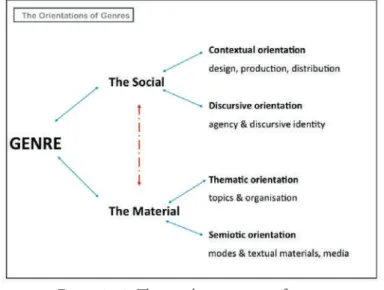
HOW DRAWING IS USED TO CONCEPTUALIZE AND
COMMUNICATE DESIGN IDEAS IN GRAPHIC DESIGN
EXPLORING SCAMPING THROUGH A LITERACY PRACTICE LENS
Each stage is named and a description is given of the function the stage serves in the overall task construction process. In the extract below, Helen explains how running is a fundamental aspect of a professional stylist's practice.
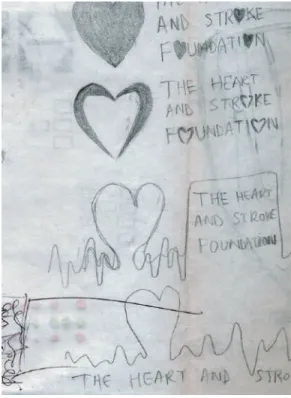
THERE IS A CAGE INSIDE MY
HEAD AND I CANNOT LET THINGS OUT”: AN EPISTEMOLOGY OF
COLLABORATIVE JOURNAL WRITING
Entries here focused on the complex nature of the discipline and the writer's troubled sense of identity within it. Here he asks "do they overlap?" and puts his "I" in the middle: a combination of both spheres of writing.
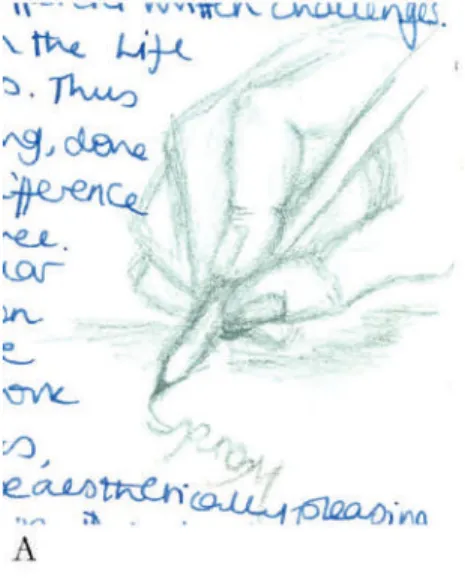
BLOGGING TO CREATE MULTIMODAL READING AND WRITING EXPERIENCES
GEOGRAPHIES
We will now explore the blog as a strategy that offers students an opportunity to open up a space for reading and writing in order to explore these uncertainties. In designing the blog to visibly connect reading and writing, students constructed their own writing in response to the writing of others. The blog appeared to be a useful space for creating multimodal texts as interpretive tools for understanding key readings.
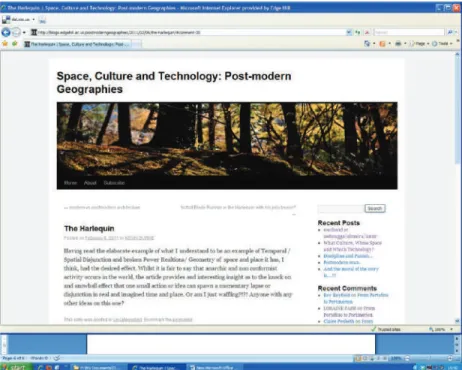
WORKING WITH GRAMMAR
AS A TOOL FOR MAKING MEANING
Suresh Canagarajah (1999) has pointed out the difficulties students may have in bridging the gap between the English they use in their vernacular and the standard forms used in academic writing. Students discuss sentences, contrasting sentences or paragraphs containing standard and non-standard grammatical forms and explore when and who might use them. Students are asked to “think ethnographically” and write down examples of different grammatical forms that they see used in everyday life.
The aim of these activities was to encourage students to reflect on how the grammatical forms they used could signal particular aspects of their identity and to validate the complex hybridity of the students' many identities as expressed in the grammar they used. Students draw and discuss diagrams, detailing their language profile, including the different languages and varieties they speak, with whom they are used and in what context. Do they reveal any differences in relation to the position of the writer in the text (Ken Hyland, 2002), or in relation to the writer's attitude towards the contemporary relevance of the quote (John Swales & Christine Feak, 2004).
S trategieS for “n oticing ” d ifferent g rammatical f ormS
A surprising thrill was that many of the students were initially keen to "learn rules". This suggests that the activities used in the sessions were truly transformative for some students by encouraging them to move from a view of grammar as simply 'right or wrong' to one where grammar is seen as a tool that can be manipulated to express different aspects of identity in different contexts. Joan Turner (2004, p. 108) has argued that "the constitutive importance of language in the academic context" needs to be better recognized.
DIGITAL POSTERS—TALKING
CYCLES FOR ACADEMIC LITERACY
Because of the newness of the medium, students were not hampered by preconceived ideas of perfection. This was echoed, but not replaced, by the use of the software's zoom and pan functionality to add weight. For further development, we are interested in exploring the intertextual and dialogic aspects (Mikhail Bakhtin, 1981) of transferring presented knowledge from one medium to another, which we hope can help us engage students more critically with the relationship between their digital posters and their academic writing. 1981).The Dialogical Imagination: Four Essays.

TELLING STORIES
INVESTIGATING THE CHALLENGES TO INTERNATIONAL STUDENTS’
WRITING THROUGH PERSONAL NARRATIVE
And so, when I write about the individuals I encounter and how these encounters influence my writing practice, I try to embody these struggles into the form and content of the text and "out" personally into the type (Ken Gale & Jonathan-Wyatt, 2009 ). But some of the school staff treat Angel very badly. However, there is no evidence in Angela's professional writing of the painful and personal challenges and obstacles she overcame to create.
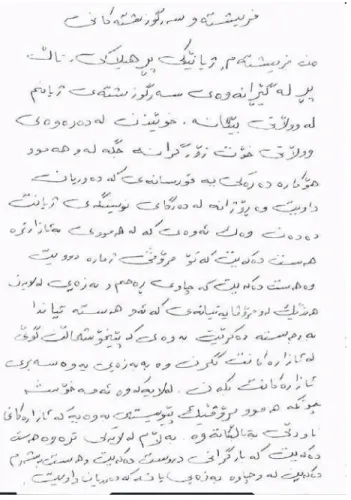
DIGITAL WRITING AS
TRANSFORMATIVE: INSTANTIATING ACADEMIC LITERACIES IN THEORY
So part of the foundation of this chapter is the development of a digital intertext that explores the ways in which online academic writing can instantiate aspects of academic literacies theory. As has been suggested elsewhere, one of the defining qualities of digital writing is the ability to create multimodal texts (Bayne, 2010; McKenna, 2012; McKenna & McAvinia, 2011). Both digital texts (with their discontinuities and instabilities) and the associated practices (such as the dialogic interaction between reader and author and experimentation with new academic genres) are examples of academic literacies in action.
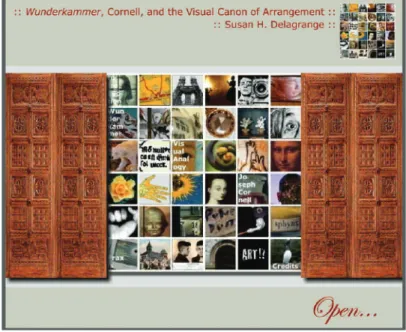
LOOKING AT ACADEMIC LITER- ACIES FROM A COMPOSITION
FROM SPATIAL TO SPATIO-TEMPO- RAL FRAMING OF DIFFERENCE
An American example of a scholar's effort to grapple with the limits of a spatial framework in pursuit of a transformational goal is David Bartholomae's essay, "A Tidy House: Elementary Writing in the American Curriculum" (1993), which is often cited as a call to end a separate curricular space for teaching students who are considered "basic writers" ie. those deemed not ready to write beyond the high school level. Bartholomae invokes Mary Louise Pratt's now well-known concept of the "contact zone" to argue against what she sees as the tendency of elementary writing programs to "bridge AND preserve cultural differences in order to allow students to enter the 'normal' curriculum, but while ensuring that there are basic writers' (1993, p. 8). You have argued elsewhere (Lillis, 2013) that while we may rightly reject conventional ways of valuing writing in terms of its apparent "correctness", this does not absolve us of the responsibility (and inevitability) of advocating some kind of valuing of writing.
TRANSFORMING INSTITUTIONAL FRAMINGS OF ACADEMIC WRITING
INTRODUCTION TO SECTION 4
The series is motivated by a recognition of the way in which the institutional positioning of EHP teachers influences and limits the opportunities they have to conduct research, and it seeks to remedy this. The agency and institutional positioning of the writing teacher is also the subject of Joan Turner's chapter. Her reflections touch on many of the themes raised in the book, while she engages with the specific geohistorical location of South Africa.
TRANSFORMING DIALOGIC SPACES IN AN “ELITE” INSTITUTION
ACADEMIC LITERACIES, THE TUTORIAL AND
HIGH-ACHIEVING STUDENTS
In the initial phase of the Transkills project, the project team provided all workshops in collaboration with universities of applied sciences. I also tried using some of the techniques suggested by other [teachers] in the workshop. The workshops were also helpful in confirming some of the things I'm already doing in [tutorials].
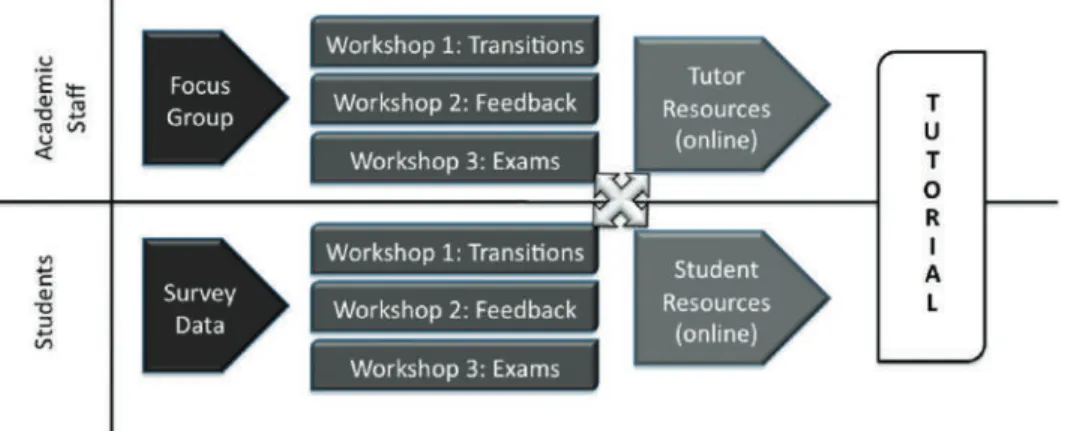
THE POLITICAL ACT
OF DEVELOPING PROVISION FOR WRITING IN THE IRISH
The reality we learn is determined by how we handle each component in the writing process. Introduction to Engineering, a compulsory module for first-year students in the Engineering Elective programme. In the examples above, for example, students are asked about the relationship between the green and the blue in the first sentence.
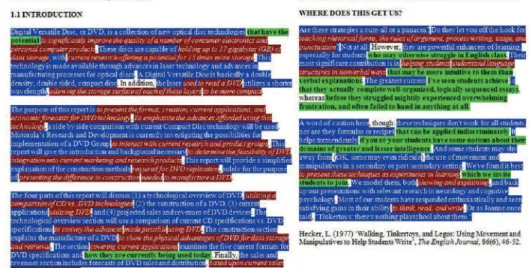
BUILDING RESEARCH CAPACITY THROUGH AN ACLITS-INSPIRED
The format for each of the first four events was half a day of input from an expert or experienced researcher in the field (a master class), followed by half a day of presentations of work in progress planned in a single segment. While masterclasses unpack published texts, work-in-progress presentations focus on draft texts that are transformed in the interaction between audience and presenters. Which languages and local academic conventions are favored in the context in which EAP professionals disseminate their research results.
ACADEMIC LITERACIES AT THE INSTITUTIONAL INTERFACE
A PRICKLY CONVERSATION AROUND THORNY ISSUES
In the conversation above, it is the scholar of academic literacies who takes the role of arbiter of speech. One of the reasons for this edited overview is the focus on the relationship between academic literacy practices and their "transformative" potential. However, it is not claimed here that any institutional transformation has been achieved in the above conversation.
REVISITING THE QUESTION OF TRANSFORMATION IN ACADEMIC
What is this all about?” And this is a classic example that what the disciplines expect is quite different. One point it illustrates is that it's not just the students who need support - and if you like transformation - it's the tutors. The challenge for me is how we can reclaim "literacy" and all that pluralism signifies in terms of contested practice.
RESISTING THE NORMATIVE?
NEGOTIATING MULTILINGUAL IDENTITIES IN A COURSE
However, the number of students who participated in the voluntary interviews was too low to be considered representative of the student situation. First, to encourage students. the development of their academic personality through the study of academic genres in relation to other components of the academic community. Awareness activities refer to tasks aimed at increasing students' awareness of the nature of the academic community and its constituents.
ACADEMIC LITERACIES AND
THE EMPLOYABILITY CURRICULUM
RESISTING NEOLIBERAL EDUCATION?
In this transformative spirit, two questions must be asked: how can we make academic writing less instrumental in the reproduction of the neoliberal order. Secondly, I declare an ideological bias against the dominant neoliberal values in higher education, where the teaching and learning of academic writing is merely instrumental in the production of. Providing a hub for writing development: A profile of the Center for Academic Writer (CAW), Coventry University, England.
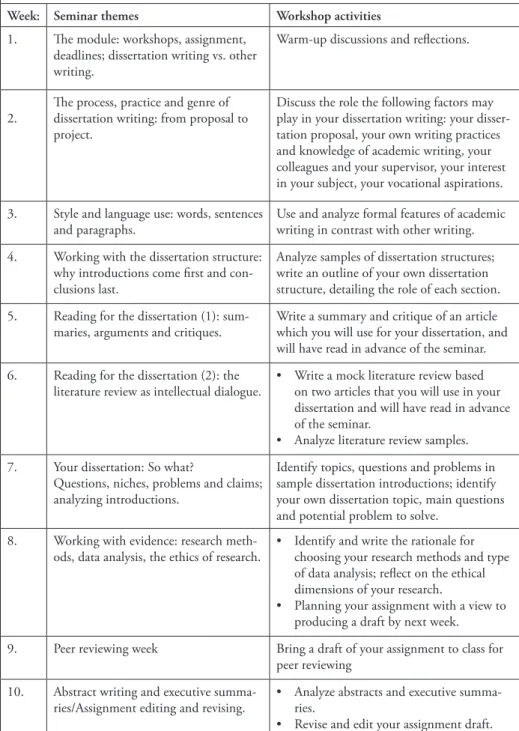
A CAUTIONARY TALE ABOUT
A WRITING COURSE FOR SCHOOLS
In this paper – which we think of as a cautionary tale – we explore our thinking around these errors. We meet the Head of Sixth, tell her what we've done in the past, show her our materials, get a feel for how they might fit in with what the students are doing; she is generally enthusiastic, assuring us that it will be relevant and useful. The next two weeks are better, more focused, although students are still reluctant to work on their own writing.
